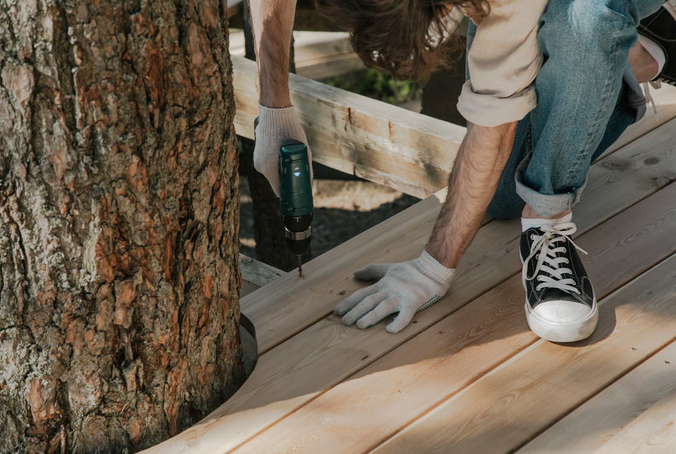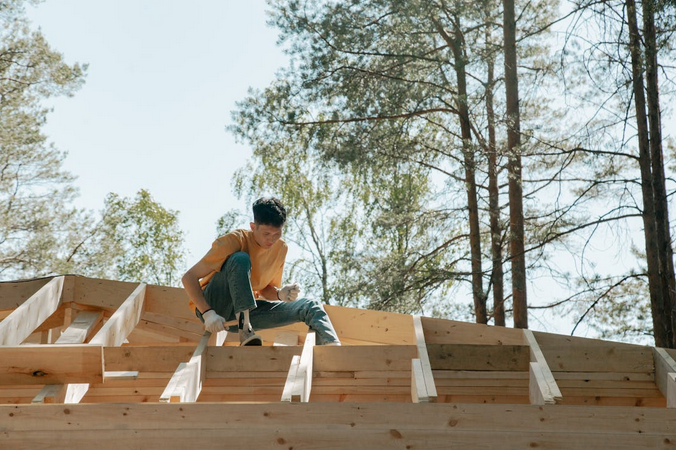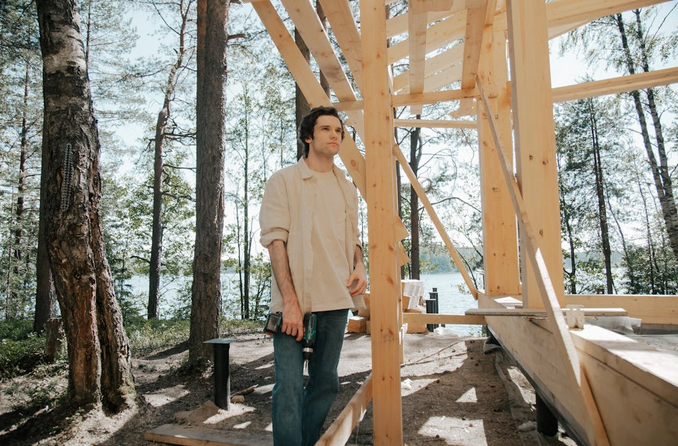Imagine waking up in a cozy log cabin, surrounded by nature’s beauty. The scent of fresh pine fills the air as sunlight streams through your window. Building your own log cabin can turn this dream into reality. It’s a rewarding project that offers both challenge and satisfaction. However, designing the layout and understanding log sizing for cabin construction are not always easy. But don’t worry, we’ve got you covered with this step-by-step guide on how to build a log cabin. Whether you envision a rustic retreat or a modern getaway, creating a log cabin is an adventure worth embarking on. From selecting the perfect land to choosing materials, every step adds to the excitement.
Environment Considerations
Selecting the right land for your log cabin is crucial. Start by considering accessibility. You want a location that’s easy to reach but still offers privacy. Think about the landscape, too. Do you prefer a wooded area or an open field? Proximity to water can also enhance your experience, providing not just beauty but potential recreational opportunities.
Log Cabin Kit vs. Custom Build

When it comes to building your log cabin, you face a key decision: choosing between a kit or opting for a custom build. Log cabin kits streamline the process. They come with pre-cut logs and detailed instructions. This can be a huge advantage if you’re looking to save time and effort. On the other hand, custom builds offer flexibility. You can design every aspect according to your vision, from layout to materials. If you have specific ideas in mind, this route allows for creativity and personalization. Cost is another factor to consider. Kits often provide predictable pricing, while customization might lead to unexpected expenses depending on your choices.
Foundation Options
There are several options to consider. A concrete slab is popular for its durability and low maintenance. It’s particularly effective in areas with stable soil conditions. Pier foundations provide another viable choice. These elevate your cabin off the ground, promoting better airflow and minimizing moisture issues from the soil below.
Roofing Choices

Metal roofs are popular for their durability. They can withstand harsh weather while requiring minimal maintenance. Asphalt shingles offer affordability and ease of installation. Wood shakes deliver a rustic aesthetic that blends beautifully with log structures. But most importantly, think about the local climate and aesthetics when making your decision.
Log Wall Construction
Log wall construction is a captivating process. It starts with selecting high-quality logs, which are often sourced from local timber. The choice of wood impacts not only aesthetics but also durability. Once you have your logs, preparation is key. Each log should be debarked and cut to the desired length. This ensures uniformity and allows for better insulation. Next comes the stacking phase. Logs are placed horizontally, interlocking at corners in a method known as saddle notching or dovetailing. These techniques create sturdy connections that enhance structural integrity. As you build up the walls, pay attention to gaps between logs.
Taking time to research and plan each phase makes all the difference. Whether you’re looking for simplicity through a kit or embracing creativity with a custom build, every decision shapes your vision into reality. With careful consideration and dedication, you’ll soon find yourself enjoying life in your very own log cabin sanctuary amidst the beauty of nature.

